Before you move on...
Get 10% off your first order
20% off
Enter code 'NEU10' at checkout.
Your organic specialist company for Ayurveda and other natural products based in Switzerland
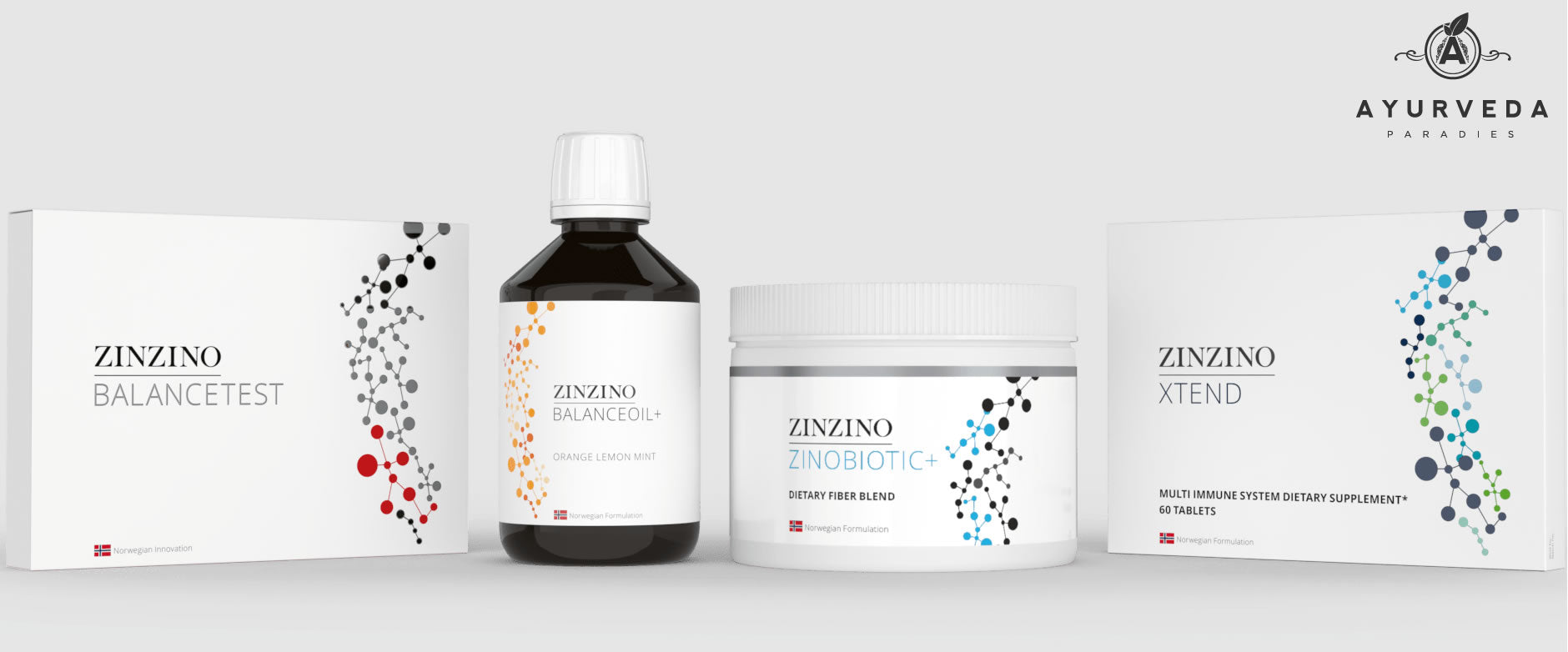
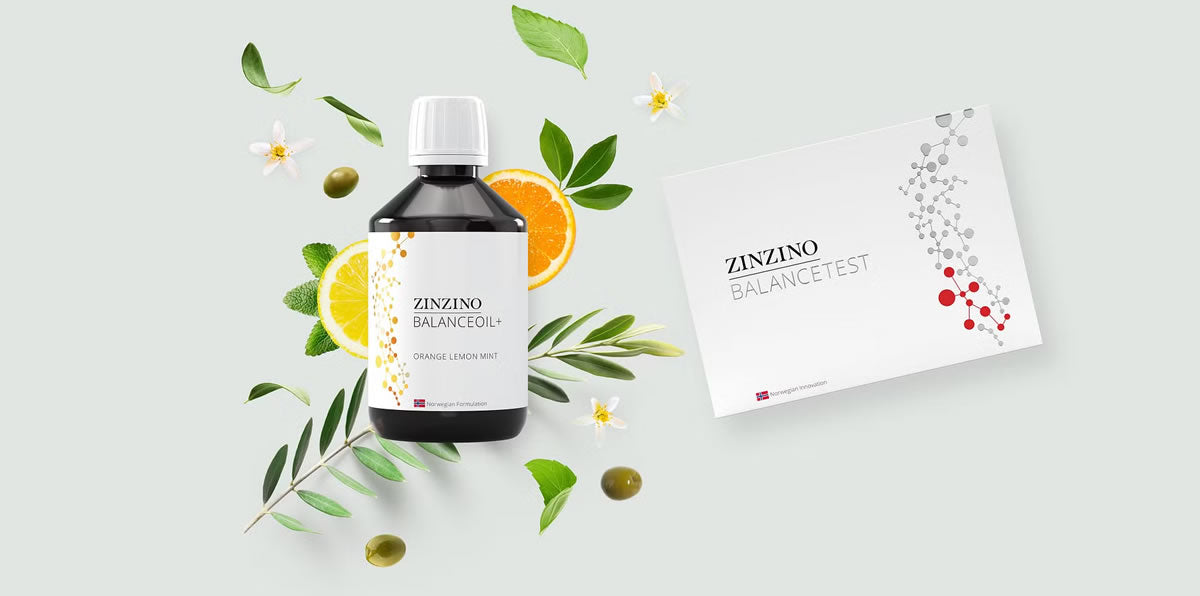

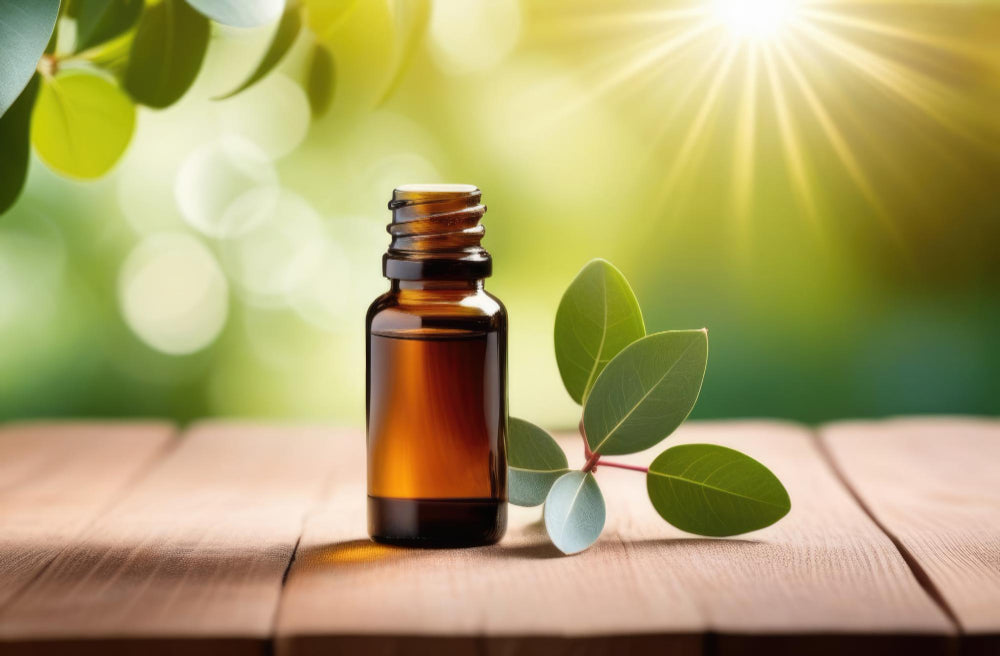


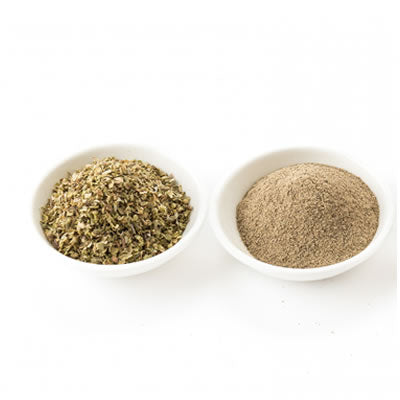

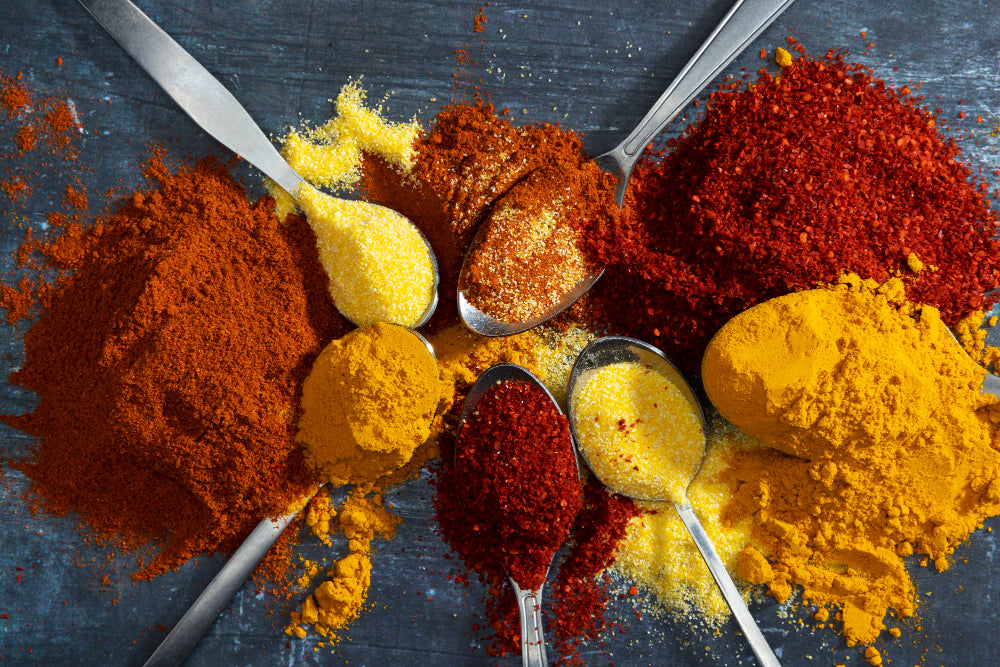

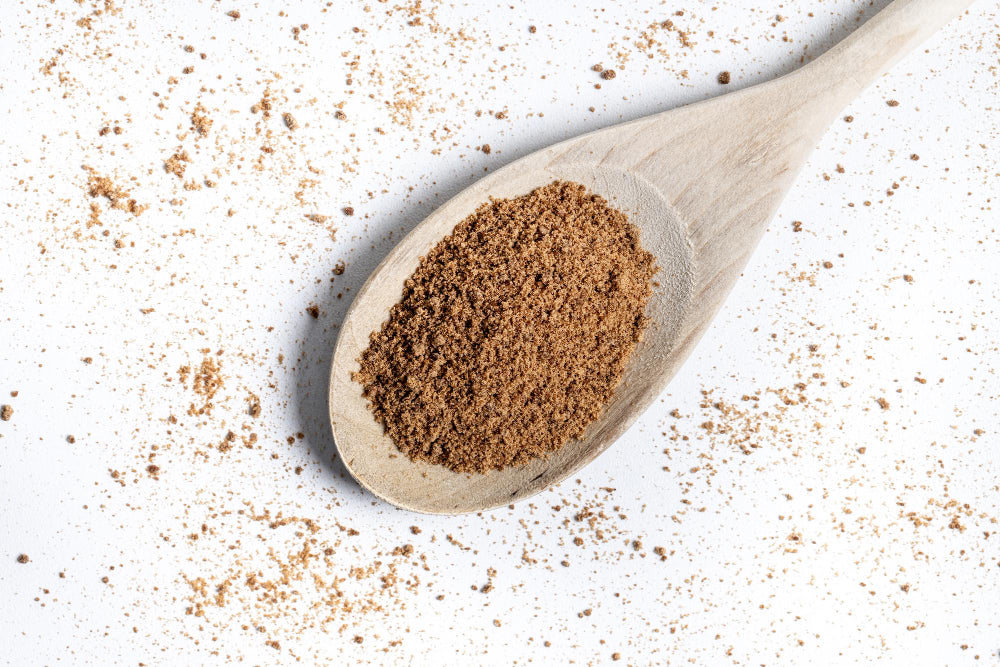
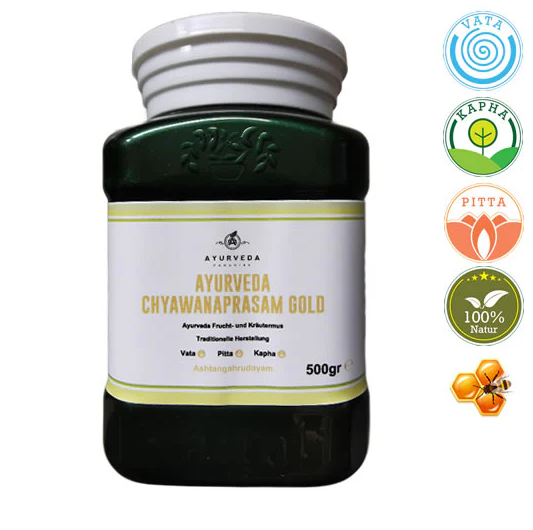
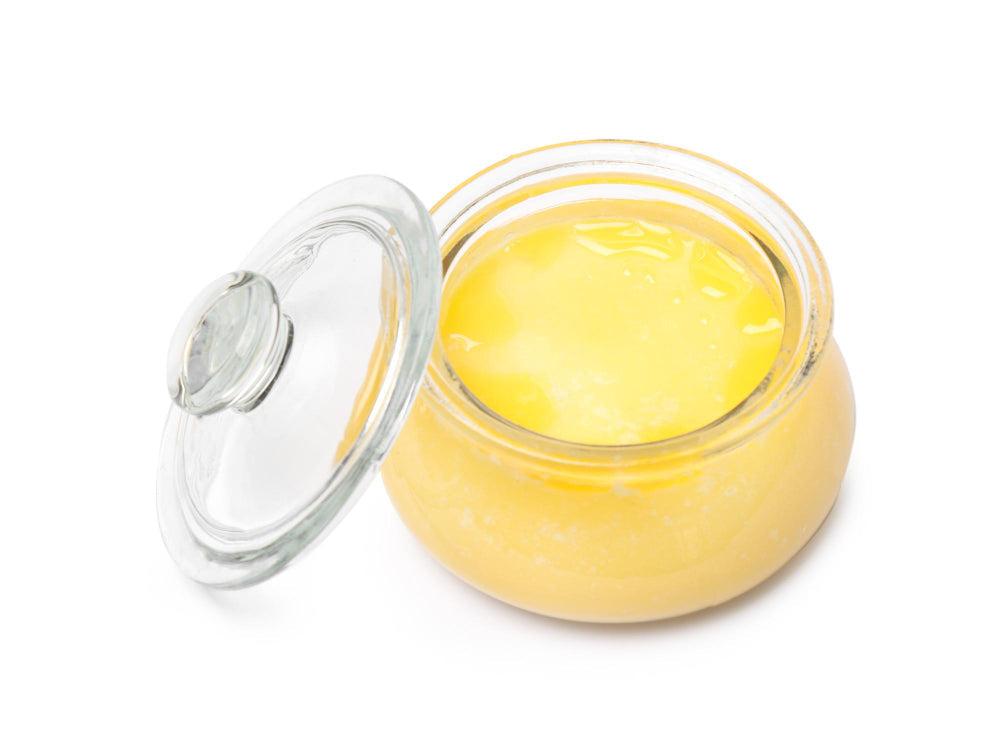
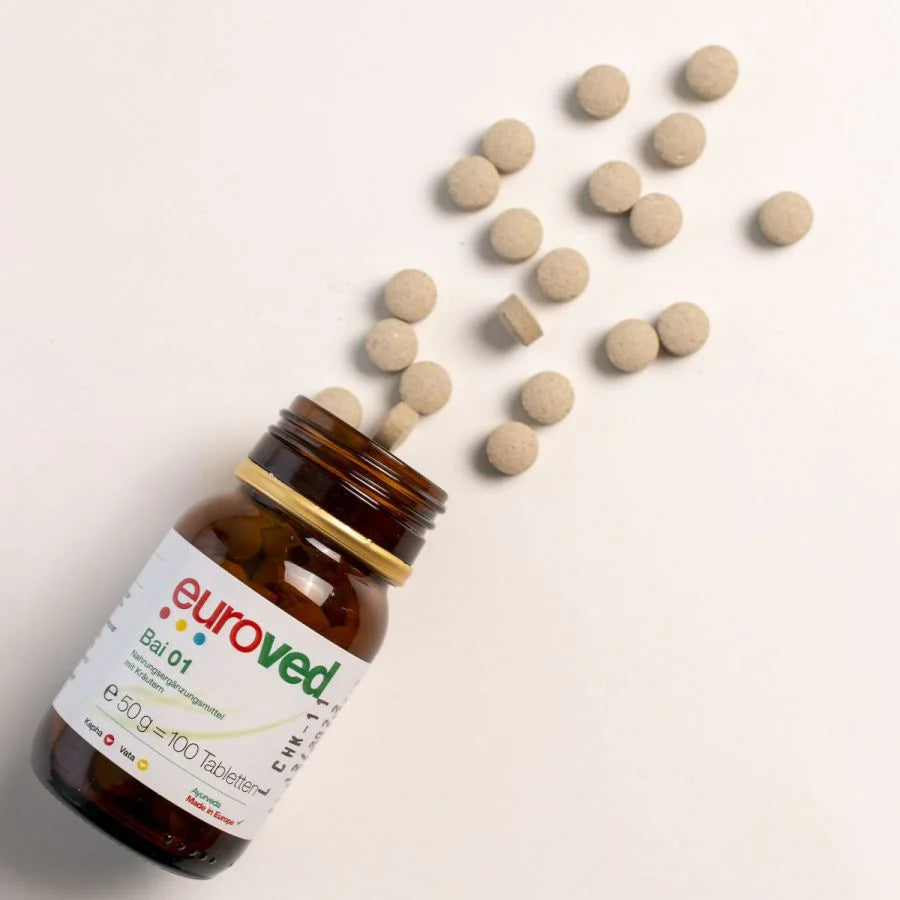
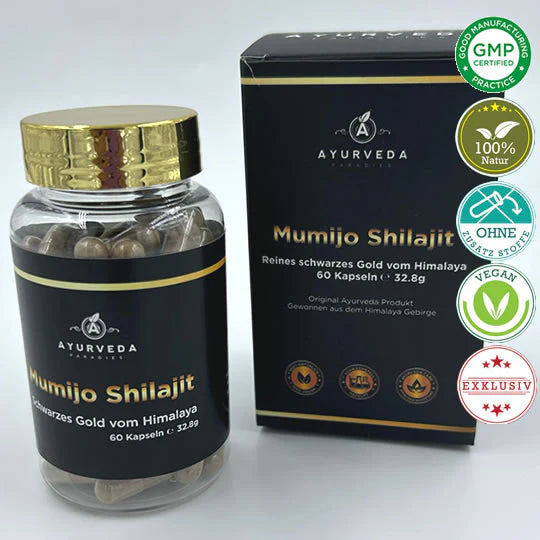
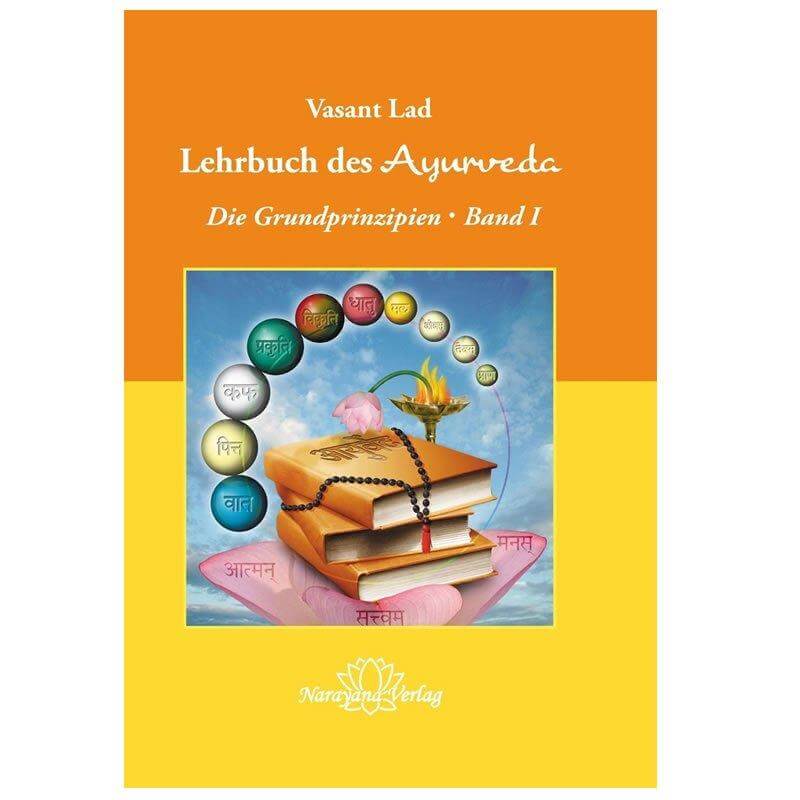

 magazine
magazine Pursue
Pursue Quality assurance
Quality assurance Support
Support

A BCDEFGHIJKLMN O PQ R STU V WXYZ
Abhyanga
Full Body Ayurvedic Oil Massage; Self-massage is an important part of an Ayurvedic daily routine, but trained professionals also offer Abhyanga treatments – either as a standalone therapy or as part of a deeper cleansing, such as Panchakarma.
Agni
The third of five elements recognized in Ayurveda: the fire element; the principle of transformation; the digestive fire, responsible for digestion, absorption and assimilation; that which transforms food into tissue, energy and consciousness.
Ahara
Diet or food (as in Ahara Chikitsa – nutrition-based therapy).
Ahara Rasa
The final product of digested food, produced within about twelve hours of eating; this “food juice” is the asthayi (raw, unprocessed) form of rasa dhatu (plasma and lymph) and the nutritive precursor of all seven dhatus (body tissues).
Ajna Chakra
The sixth of seven chakras, located at the third eye and responsible for balancing the higher self with the lower self; this chakra is also associated with intuition – our ability to trust our deepest inner knowing – and is symbolized by a two-petaled lotus flower, the color indigo, the bija (seed syllable) mantra “Aum,” and is often associated with the pineal gland.
Alochaka Pitta
One of the five subtypes of Pitta; the aspect of Pitta that lies primarily in the eyes and governs visual perception; Functionally, it is responsible for the luster, color and transparency of the eye, the maintenance of an appropriate eye temperature, and the perception of color and light.
Ama
Raw, undigested; a toxic, disease-causing substance that can build up in the body when food, herbs, emotions, or experiences are not fully processed, digested, or assimilated.
Ambu
Water; body fluids like Rasa Dhatu (plasma and lymph), Rakta Dhatu (blood) and fluid secretions; one of the four factors affecting fertility, conception and Prakriti – considered an important component of reproductive health; In Ayurveda, Ambu Vaha Srotas is the body channel for absorption of water and regulation of body fluids.
Ambu vaha srotas
The body channel responsible for the absorption of water and the regulation of body fluids such as cerebrospinal fluid, saliva and secretions of the nose, stomach linings and pancreas; the functions of this channel include lubrication, energy, electrolyte balance and maintenance of body temperature. Ambu vaha srotas has its roots in the pancreas, soft palate and choroid plexus, its pathway is the gastrointestinal mucosa and its openings are the kidneys, sweat glands and tongue; this channel is closely connected with the fluid, watery tissues of rasa dhatu (plasma and lymph) and with mutra vaha srotas (the urinary canal).
Amla
The sour taste, dominated by the earth and fire elements, balances Vata but aggravates Pitta and Kapha.
Anabolic
A constructive type of substance or metabolic process; In biology, a category of metabolic processes that synthesize more complex molecules from simpler ones, build organs and tissues, cause growth and differentiation between cells, and require energy to operate. This term generally corresponds to the Sanskrit word brmhana .
Anahata Chakra
The fourth of seven chakras, located in the heart center and associated with our ability to unconditional love This chakra is said to house our purest self and is also associated with the immunity It is symbolized by a twelve-petaled lotus flower, the color green, the bija mantra (seed syllable) "Yam" and is often associated with the thymus gland.
Anna maya Kosha
The first of five body sheaths or sheaths of the self; since this kosha is made of flesh and is directly nourished by our food, it is also called the "food body" or "sheath of food". The Anna-Maya kosha is the grossest and most physical of all the koshas.
Anupan
A substance that serves as a medium for ingesting herbs and other medicines; many anupans are valued for their ability to transport herbs and formulas deeper into specific tissues. Common Ayurvedic anupans include water, ghee, honey, milk, and aloe vera juice or gel.
Apana vayu
One of the five subtypes of Vata; that aspect of Vata which resides mainly in the large intestine and pelvic cavity and controls the downward energy in the body; functionally it is responsible for urination, flatulence, defecation, ovulation, movement of sperm and conception and is activated in the mother's body during childbirth. Apana Vayu also absorbs minerals and nourishes the bones through the mucous membrane of the large intestine.
Apatarpana
A deconstructive type of substance, process or treatment therapy (also known as Langhana) which is reducing and lightening – catabolic in nature; the process of fasting; the opposite of Santarpana.
A healing system more than five thousand years old with origins in the Vedic culture of ancient India. The Sanskrit word Ayurveda is derived from the root words ayuh, meaning "life" or "longevity," and veda, meaning "science" or "sacred knowledge."
Ayurveda therefore means translated “the holy knowledge of life”.
Ojas
Ojas "Rays" and in Ayurveda a healthy person with a lot of Ojas Described as a radiant personality, with bright eyes and happy aura. It means the life force and is the essence of the seven main tissues (Dhatus) of the body. The hormonal balance is maintained by Ojas , the vital energy is produced. The life functions are also controlled by the vital energy, Ojas , regulated. All 5 basic elements are contained in Ojas.
Rasayana
The promotion of life energy (Rasayana) does not only happen through material substances. A job that fulfills us and is in harmony with the basic ethical laws of life is also called Rasayana. Love for what you do. Pursuing a calling. When life is completely in balance, such asBy observing the principles of Rasayana, the following situation arises: "Through Rasayana one attains long life (dirgha ayuh), memory (smriti), mental clarity (medha), health (arogya), youthfulness (taruna), perfection in speech (vaksiddhi), vital energy (vayas), fullness in luster, colour and sound (prabha-varna-svara-audarya), optimum strength of the body and sense organs (deha-indriya- bala-para), perfection in speech (vak-siddhi), modesty (pranati) and attractiveness (kanti)." Caraka Cikitsa 1.1.8
This text, which is more than 2000 years old, describes the vision of a fulfilled, balanced life that can develop in all directions. However, this balance is often disturbed by our modern way of life. Hectic pace, stress and many other factors weigh us down. This is precisely why it is important to pay attention to a good diet.
Vasthi or Vasti
Vasti or enema is primarily done to eliminate the accumulated/disturbed Vata concentrated in the lower part of the body. It is a good cleanser for the large intestine or colon. The process is done using medicated Ayurvedic oils.
Further names will follow. Write to us if you would like to know more about an AYURVEDA FOREIGN WORD and its meaning and name. Thank you for your cooperation! Namaste.
Thanks for subscribing!
This email has been registered!
Get 10% off your first order
Enter code 'NEU10' at checkout.